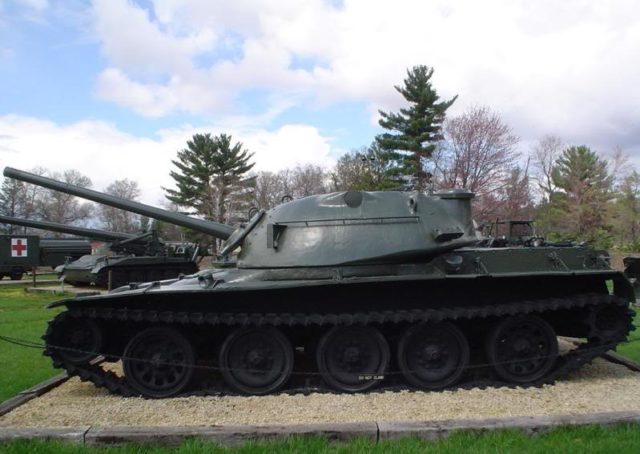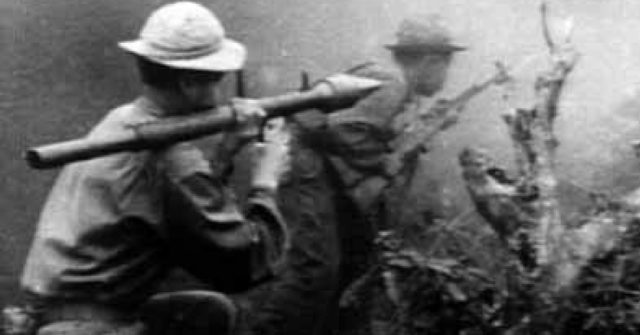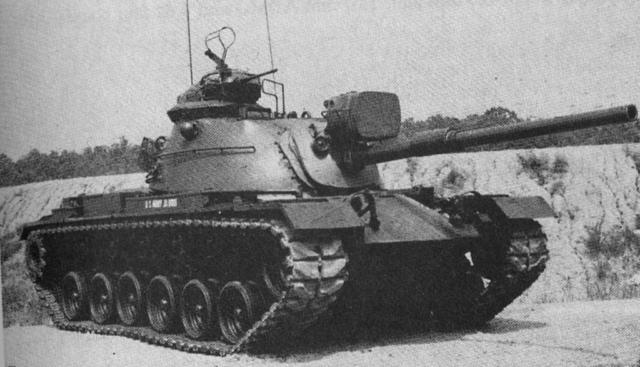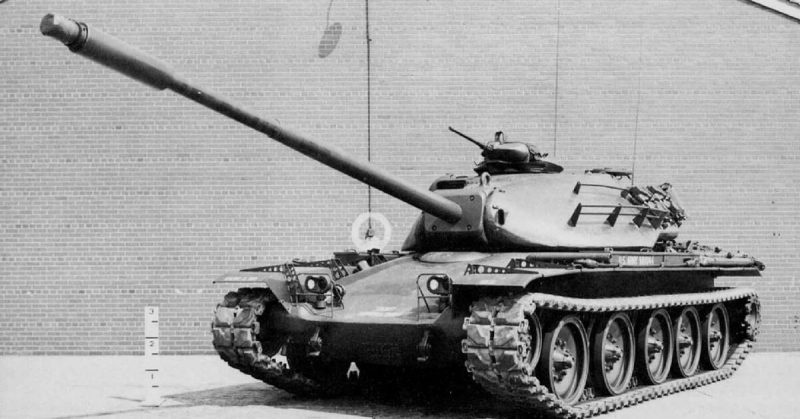In a plan to replace the Patton M48 in the 1950s, the US Government experimented with another design to replace the iconic tank of the Vietnam War.
The project lasted from 1955 to 1959, in which four prototypes of the T-95 were developed. Another potential replacement for the M48 was the project codenamed T-96. Five prototypes were produced at the same time together with the T-95. The government was open to unusual ideas and out-of-the-box technological solutions. It led to the production of a tank that looked much more powerful on paper than it did in reality.
The T-95 project featured the OPTAC fire-control system; a siliceous cored armor, and an entirely new transmission design. The OPTAC system relied on an electro-optical rangefinder situated on the right side of the turret. It was used to optimize targets for the T208 smoothbore gun armed with kinetic energy penetrator ammunition.
OPTAC’s rangefinder proved to be very unreliable. It emitted incoherently pulsed beams of infrared light. They scattered easily, especially in adverse weather conditions, such as mist or rain, when the signal was returned multiple times.

Also, the entire system was just too large and vulnerable to enemy hits. It was abandoned by 1957. The later versions of the T-95 discarded the OPTAC system but retained other features.
As mentioned, the tank utilized a rather unusual armor design. The fused silica enabled a high mass efficiency versus copper-lined shaped charges, while its steel component in which the silica was embedded, added to the overall mass efficiency.
The hull was mostly welded apart from the front which was a single 102 mm thick massive plate. It offered good protection for the tank’s crew of four.
Its main armament provided a significant amount of firepower. The T-95 was initially fitted with a 90 mm smoothbore gun, which was later upgraded to 105 mm. Although it offered considerable firepower, the smoothbore gun’s accuracy was utterly unsatisfactory.

It’s secondary armament represented a developed counter-measure for RPG infantry, as that type of weaponry was on the rise after WWII. The built-in 12.7 mm M2 machine gun, with an M28 periscopic sight for aiming located on the commander seat gave a much-needed advantage against infantry. For a 360 degree view, the T-95 had five armored viewpoints on the turret.
The tank’s designers also experimented with hydropneumatic suspension, enabling adjustment to different kinds of terrain. The research proved to be especially fruitful, as the suspension is used today on models such as the British Challenger 2 tank.

Even though the T-95 experiment was not a complete loss, it became evident that an upgrade of the M48 could fulfill all the features that the new project offered. As that scenario was cheaper and more practical, because the modifications could be done to existing tanks, it was decided to halt the T-95 project.
The T95E7 turret, which was one of the prototypes armed with a 105 mm gun, was later used for the construction of the M60 Patton tank, which finally put the old M48 into retirement.
